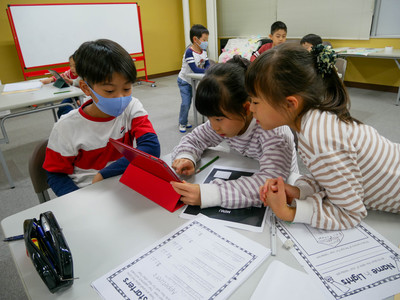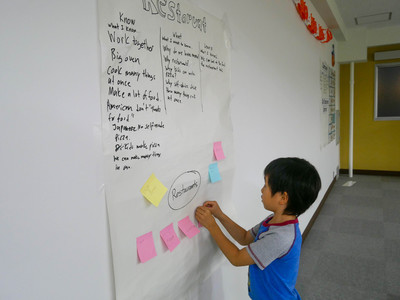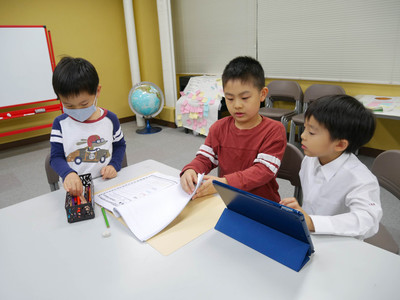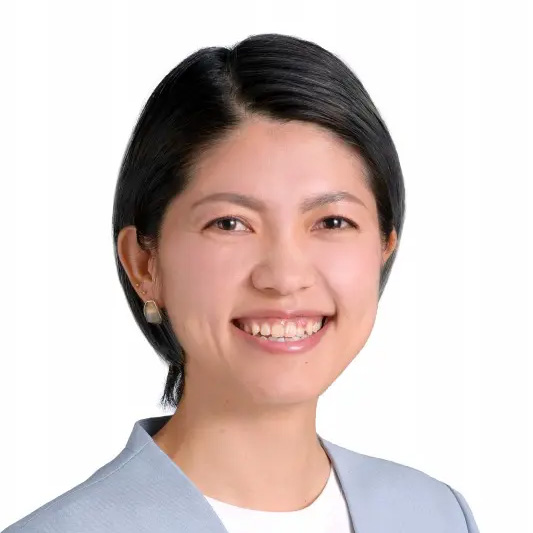Job Training Lesson for Project Work/ジョブトレーニングレッスン紹介
Here is an introduction to lessons at CGK Afterschool.
CGKアフタースクールでのレッスンについて紹介いたします。
CGK's eight-week-long project works will be based on the main “Driving Question”.
Here are the Driving Questions for this "Job Training" lesson.
CGKの8週間に渡って行うプロジェクト活動では、メインとなる「ドライビングクエスチョン」に基づいて学んでいきます。
今回の「ジョブトレーニング」レッスンでのドライビングクエスチョンはこちらです。
"How can we come up with a good place to eat in our town with an exceptional menu and exceptional service? How can we make people feel happy through the food we create?
「特別なメニューとサービスで、自分たちの街で美味しい食事をするためにはどうすればいいのか?自分たちが作る料理を通して、どうすれば人々に幸せを感じてもらえるのか?」
We followed this question with fun lessons each week that drew the student's interest.
Here are the comments of Mr. Bobby, the teacher who was in charge of the lessons.
この問いに沿って、毎週子供たちの興味を引き出す楽しいレッスンを行いました。
担当していたBobby先生のコメントをつけてご紹介します。

Week 1
With most PBL projects we begin with an entry event. An entry event is where we introduce to the students the question we want to try to answer, the final project goal, and finally the steps we plan to take to get there. For job training I showed a video of a restaurant visit and had the students think of questions about what they saw. Are restaurants in America different from Japan? Do you see the same tools? We wrote down our answers on our Anchor chart and discussed about restaurants we liked and ones we didn’t.
プロジェクト活動では、始めにエントリーイベントから始まります。このエントリーイベントでは、子供たちが答えを見つけていくメインとなる質問について話し、最終的なプロジェクトの目標やその目標に到達するためにどのようなステップが必要か考えていきます。Job Trainingのレッスンでは、レストランについてビデオを見て子供たちが気がついたことについて話し合いました。アメリカのレストランは日本とは違うのか?同じ調理器具を使っているか?このような質問の答えをアンカーチャートにまとめて、気に入ったレストランとそうではないレストランについて話し合いました。


Week 2
We concluded the first week with the students thinking about and writing about their favorite restaurants. We start this week looking back on what we wrote about and share our ideas with the each other. Now we start to think about our own restaurant and in groups begin to imagine our restaurant and what we to serve.
1週目は子供たちが気に入ったレストランについて考え、まとめました。今週は、その考えを振り返り、自分たちのレストランに関する考えを共有しました。そして、これから自分たちのオリジナルレストランについて考え始めます。子供たちはグループに分かれ、どんな料理を提供するのか考え始めました。
Week 3
The students read an article titled “So Many Kinds of Food” and after reading we discussed reading questions together as a class. The main idea of the story is about different people from different countries share their food with us and we can learn about other cultures that way. We watched a short video about how to make Bao and wrote down the steps to get the kids thinking about their own food in their restaurants.
生徒たちは「So Many Kinds of Food」というタイトルの記事を読み、読んだ後、クラスで一緒にさまざまな質問について話し合いました。この記事の主な内容は、様々な国の人々が自分たちの食べ物を私たちに紹介してくれることで、私たちは他の文化について学ぶことができるというものです。私たちは「Bao」の作り方についての短いビデオを見て、子供たちが自分たちのレストランでサーブする食べ物について考えるためのステップを書き留めました。
Week 4
The students learned about atmosphere and what it means. We looked back at their favorite restaurants from week one and talked about the atmosphere in each one. Using those examples, the groups began to think about their own restaurants and what sort of atmosphere they wanted in their own restaurants. We used the following question to help guide them in their choices – “What do you imagine when you walk into your restaurant?”
今週、雰囲気とは何かを学びました。1週目に話したお気に入りのお店を振り返り、それぞれのお店の雰囲気について話しました。それを参考にして、自分たちのお店の雰囲気や、自分たちのお店にどんな雰囲気を求めているかを考えました。そして、グループの選択の指針となるように、「お店に入った時に何を想像しますか?」という問いについて考えました。
Week 5
I shared with students a menu from a fine dining restaurant that I went to. I let them look the menu over and we discussed what it looked like and what they liked about it. We again discussed about the different types of restaurant, fine dining, fast food, buffet, and thought about what kind of restaurant I had gone to. In groups the students began to think up their menu and their food and prices. Students researched more about their type of restaurant and made connections to their own through their picture choices and food choices.
この週は、先生が行ったことのある高級レストランのメニューを生徒たちと共有しました。メニューを見て、そのメニューがどのようなものか、何が好きなのかを話し合いました。また、レストランの種類について話し合ったり、高級レストラン、ファストフード、ビュッフェについて話し合ったり、自分が行ったことのあるレストランの種類について考えたりしました。そしてグループに分かれて、メニューや料理の内容、値段などを考え始めました。生徒たちは自分たちのレストランの種類について調べ、選んだ写真や食べ物が自分たちのレストランとつながりがあるかを考えました。

Week 6-7
Student groups presented their final projects. Using Keynote, the groups created a short presentation showcasing their food choices, menu design and the kind of atmosphere they wanted for their restaurant. The students also shared what kind of ingredients were inside their main dishes or signature dishes. We had three student groups with two of them picking fine dining and the last one making a Chinese buffet. The students also talked about where they planned on building their restaurant and why they picked that place.
生徒たちは、グループごとに最終プロジェクトについて発表しました。Keynoteを使って、自分たちが選んだ料理やメニューのデザイン、自分たちのレストランの雰囲気を紹介する短いプレゼンテーションを作成しました。また、メインディッシュやシグネチャーディッシュの中にどんな食材が入っているかを発表しました。生徒たちは3つのグループに分かれ、そのうちの2つは高級レストランを選び、最後の1つは中華料理のビュッフェを作りました。生徒たちは、自分たちがレストランを作る予定の場所と、その場所を選んだ理由についても話してくれました。
Each group thought of their favorite food, and it was fun to see them discussing and integrating their ideas with their friends.
In the next lesson, they are learning about "Teacher."
The students are having a lot of fun as they research different learning methods and think about the job of a teacher in preparation for their final project.
グループごとに好きな食べ物を考え、友達と話し合いながらアイディアを融合させている姿はとても楽しそうでした。
次のレッスンでは"Teacher"について学んでいます。
最終プロジェクトに向かってさまざまな学習方法を調べたり、先生のお仕事について考えている姿はとても楽しそうです。
Author Profile
-

-
Saeda Sueki-Au-Yeung - School Director (Japan)

School Director of CGK International School.
Graduated from a 4-year university in America, joined women's soccer team (National Champion).
After working in childcare and management at CGK Preschool and CGK Afterschool, she became the director of the entire CGK International School.





















